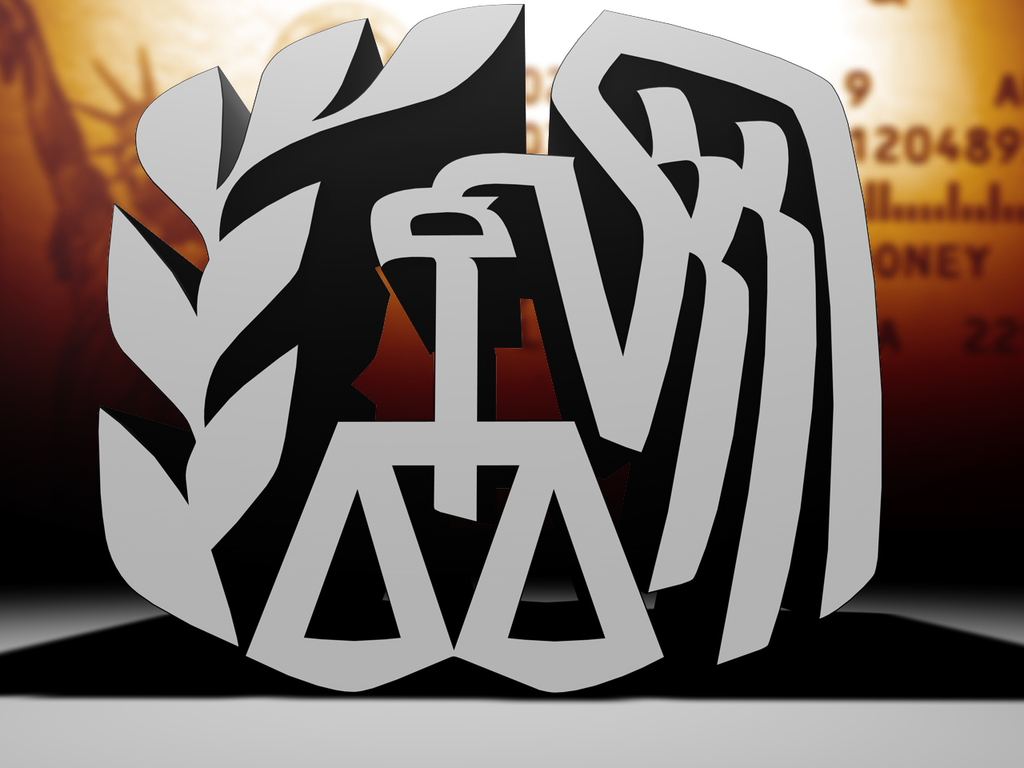Taxes
IRS is Using AI to Identify Wealthy Tax Cheats for Audit
The agency is opening examinations of 75 of the largest partnerships in the U.S. that on average have over $10 billion in assets.
Sep. 08, 2023

The IRS is deploying cutting-edge technology like artificial intelligence to identify and begin examinations of large partnerships with billions of dollars in assets that have “cut corners” on tax compliance, Commissioner Danny Werfel said on Friday.
Werfel said a large hiring spree and AI research tools developed by IRS employees and contractors are helping the agency hone in on wealthy tax dodgers. The IRS is making an effort to highlight positive results from the nearly $80 billion in new funding it was allotted over a 10-year period through the Inflation Reduction Act, although Republicans in Congress have been able to strip away about $21 billion of those funds.
“New tools are helping us see patterns and trends that we could not see before, and as a result, we have higher confidence on where to look and find where large partnerships are shielding income,” he said in a call with reporters.
In a press release, the IRS said the effort will center on placing more attention on the wealthy, large partnerships, and other high earners that have seen sharp drops in audit rates over the past decade. The changes will be driven with the help of improved technology as well as AI that will enable IRS compliance teams to better detect tax cheating, identify emerging compliance threats, and improve audit case selection tools.
“This new compliance push makes good on the promise of the Inflation Reduction Act to ensure the IRS holds our wealthiest filers accountable to pay the full amount of what they owe,” Werfel said. “The years of underfunding that predated the Inflation Reduction Act led to the lowest audit rate of wealthy filers in our history. I am committed to reversing this trend, making sure that new funding will mean more effective compliance efforts on the wealthy, while middle- and low-income filers will continue to see no change in historically low pre-Inflation Reduction Act audit rates for years to come.”
By the end of September, the IRS said it will open examinations of 75 of the largest partnerships in the U.S. that represent a cross section of industries, including hedge funds, real estate investment partnerships, publicly traded partnerships, and large law firms. On average, these partnerships each have more than $10 billion in assets.
In addition, the IRS said it will send 500 compliance letters to other large partnerships in October that the agency has found to have discrepancies on their balance sheets.
“Taxpayers filing partnership returns are showing discrepancies in the millions of dollars between end-of-year balances compared to the beginning balances the following year,” the IRS said in the press release. “The number of such discrepancies has been increasing over the years. Many of these taxpayers are not attaching required statements explaining the difference. This effort will focus on high-risk large partnerships to quickly address the balance sheet discrepancy. Depending on the response [to the compliance letters], the IRS will add these to the audit stream for additional work.”
The IRS also said on Friday that it will intensify work on taxpayers with total positive income above $1 million that have more than $250,000 in recognized tax debt. Building off earlier successes that collected $38 million from more than 175 high-income earners, the IRS will have dozens of revenue officers focusing on these high-end collection cases in fiscal year 2024. The agency said it is working to expand this effort, contacting about 1,600 taxpayers in this category that owe hundreds of millions of dollars in taxes.
